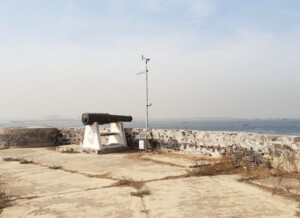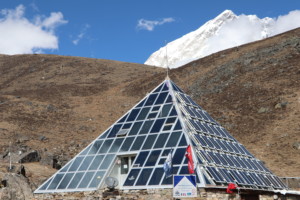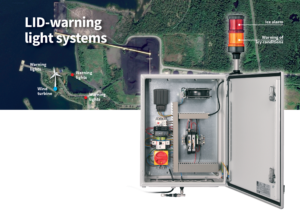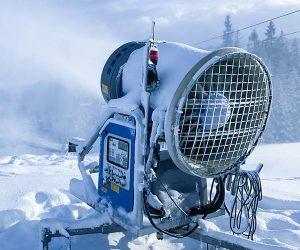When the going gets cold, it gets really cold. Especially in Antarctica and Concordia Research Station. The weather stations there use SATELLINE-EASy radio modems. The harsh environment sets high standards for the products.
Concordia Research Station was opened in 2005. It is a French-Italian research facility that was built 3,233 m above sea level at a location called Dome C on the Antarctic Plateau. Dome C is one of the coldest places on Earth. In winter the temperature can fall below –80 °C, and in summer it hardly ever rises above –25 °C. The yearly average is –50°C. The air is very dry and holds less oxygen. No animals can survive there.

A special place for science
Concordia Research Station is an all-year research station jointly operated by scientists from France and Italy and regularly hosts ESA scientists. Up to 16 people spend a year living in Concordia. This place far removed from civilisation offers a lot to science, an opportunity to collect data and experiment.
However, working there is anything but easy. In winter the sun does not rise above horizon and the crew must live without sunlight for four months. The air is very thin and dry. There are no colours, smells or sounds, and the feeling of isolation and sensory deprivation takes its toll. During the winter it is impossible to have outside help flown in.
These extreme conditions require high quality equipment that provide continuous and accurate weather and geophysical information.
Expertise leads
Concordia Research Station is the coldest place where SATEL radio technology is used. An example of the other end of the spectrum is a windshear alert system at Bangkok airport – a bit warmer place than Antarctica. This shows well how versatile SATEL radio technology actually is







